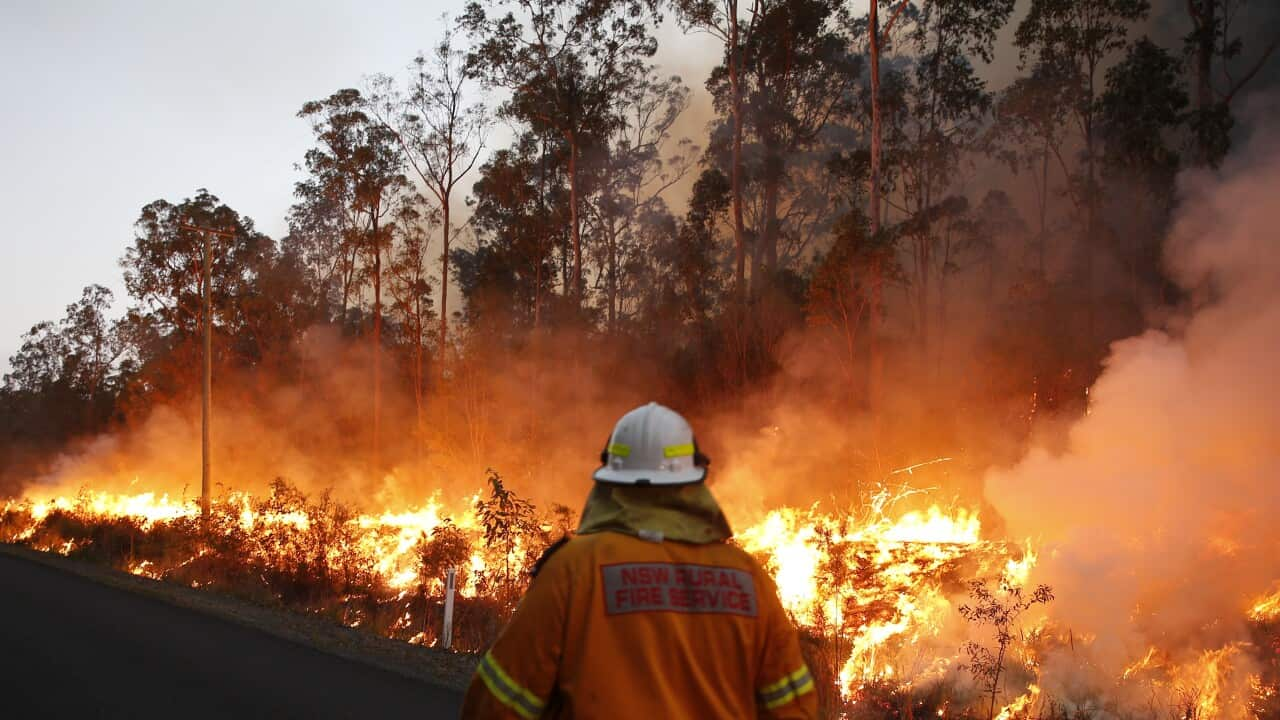How BAL Report Impacts Shrub Fire Protection Measures
In the realm of bush fire protection, the Structure Strike Level (BAL) report stands as a crucial tool that significantly affects the safety and security and durability of residential properties in fire-prone areas - BAL Report. The impact of a BAL analysis extends far beyond plain documentation; it acts as the keystone for establishing the suitable building and construction standards and fire security procedures needed to alleviate the risks positioned by bushfires. As communities face increasingly serious fire seasons, recognizing how the BAL report shapes these protective procedures ends up being vital for contractors, policymakers, and property owners alike
Understanding the Bushfire Attack Level

Significance of BAL Record Evaluation

In Addition, the BAL report evaluation works as a foundational action in abiding by legal responsibilities and requirements connected to bushfire security. Regional councils and authorities often mandate the entry of a BAL report as component of the planning and building approval procedure to make sure that residential or commercial properties are appropriately guarded versus bushfire threats. Falling short to perform a complete BAL record analysis can cause insufficient security steps, leaving buildings prone to ravaging bushfire occurrences.
Building Standards Based on BAL
A detailed understanding of the Bushfire Assault Level (BAL) makes it possible for residential or commercial property owners to carry out building requirements customized to their details risk account. Building and construction requirements based on BAL are critical in minimizing the impact of bushfires on residential or commercial properties. The BAL ranking classifies the potential danger a residential property faces throughout a bushfire on a range from BAL-Low to BAL-FZ (Fire Area) Each BAL level represents specific building and construction demands outlined in the Australian Common AS3959-2018 Building of Structures in Bushfire-Prone Areas. As an example, properties classified as BAL-Low might only call for fundamental steps such as getting rid of debris and maintaining yards, while those check this site out in greater BAL classifications need even more robust steps like ash screens, fire-resistant products, and sealed windows. Following these building and construction requirements not only boosts the architectural resilience of the residential property but also boosts the general safety of residents during a bushfire event. Consequently, property owners should meticulously consider their BAL ranking and abide with the matching building requirements to properly protect their homes and residents.
Applying Fire Protection Steps
With the structure of building requirements based upon Bushfire Attack Level (BAL) in position, the focus now changes towards the sensible application of fire defense procedures to fortify homes against bushfire hazards. Implementing fire protection measures entails a combination of passive and energetic strategies to boost the durability of buildings in bushfire-prone locations. Easy measures include making use of fireproof structure materials, installing coal guards on vents, securing gaps in roofing systems and walls, and keeping a clear area around the property free from flammable plant life. Active steps encompass having firefighting equipment conveniently available, such as hoses and water pumps, as well as creating a defendable area around the residential or commercial property by removing plants and having a well-kept garden. Additionally, creating an emptying strategy and guaranteeing all residents are mindful of emergency situation treatments are crucial elements of effective fire security actions. By incorporating both passive and active methods, residential or commercial properties can significantly decrease their vulnerability to bushfire cases and increase the security of passengers.
Shielding Houses Against Bushfires
Efficiently protecting homes versus the devastating effects of bushfires requires a detailed and positive strategy to fire protection procedures. House owners residing in bushfire-prone areas must focus on the implementation of numerous strategies to boost their property's resilience against wildfires. One basic aspect is creating a defensible space around the home by maintaining a clear zone complimentary of flammable materials. This consists of regularly cutting vegetation, getting rid of dead plants, and making certain a risk-free range in between structures and trees. Installing fire-resistant roofing products can also dramatically reduce the danger of ash assaults and direct fire call. Furthermore, sealing spaces and vents to avoid ash invasion, as well as incorporating fireproof doors and windows, can assist fortify the home's defense against bushfires. Purchasing a trustworthy water source, such as a well-maintained sprinkler system or a committed he has a good point water container, is essential for supplying water throughout fire emergencies - BAL Report. By accepting a Home Page proactive position and incorporating these safety measures, house owners can considerably increase their chances of guarding their homes versus bushfires.
Verdict
To conclude, the Bushfire Assault Level (BAL) record plays an essential function in identifying the necessary security procedures versus bushfires. By analyzing the BAL, building criteria can be tailored to alleviate the dangers and make certain the security of homes in fire-prone areas. Applying fire defense measures based upon the BAL record is vital in guarding buildings from possible bushfire risks. It is important for property owners to focus on BAL assessments and abide by suggested building criteria to boost bushfire strength.
In evaluating bushfire risk to properties, comprehending the Bushfire Strike Degree (BAL) is an important element for carrying out reliable security steps. In general, a clear understanding of the Bushfire Attack Degree is important for executing sufficient protection actions and alleviating the effect of bushfires on homes.

Comments on “Demystifying BAL Reports: A Guide to Understanding Your Home's Bushfire Danger”